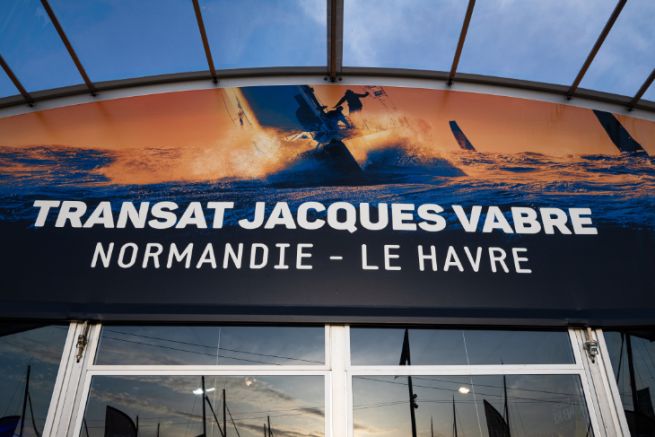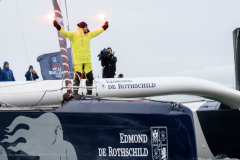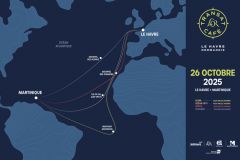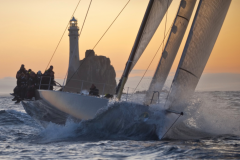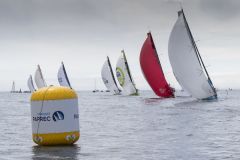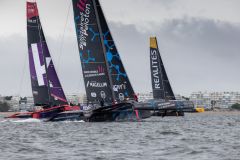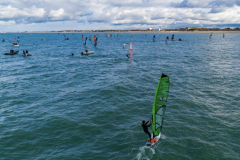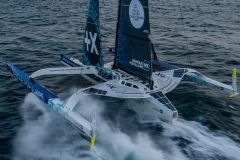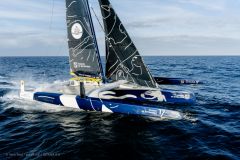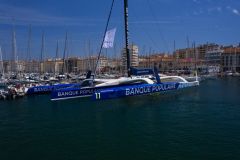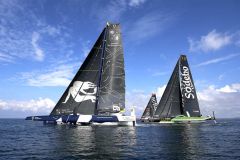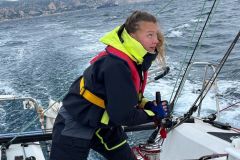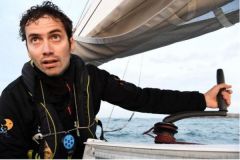A First for Overseas
The Transat Jacques Vabre takes place on the same day, with a departure from the Bassin Vauban in Le Havre for an Atlantic crossing towards a coffee-producing town. For the DNA of the race is to retrace the Route du Café from France's leading coffee port.
After Colombia, Costa Rica and Brazil, Martinique will be the host city for this 15 e edition. Since 1?800, the country has become the coffee production platform for Latin America, following the importation of coffee plans from the Palace of Versailles in 17 e century. This is the first time that the overseas department will host the finish of the race, and it is an honour for Martinique, a mecca for yachting, whose Martinican yawl is a UNESCO World Heritage Site.
The departure will be given on Sunday, November 7, 2021 - in the middle of the school holidays to gather the maximum number of visitors - and the village will open its doors on October 29 for a week of festivities to meet sailors and boats.
The finish line, located in the bay of Fort-de-France, will allow spectators to watch the boats arrive at full speed directly from land.
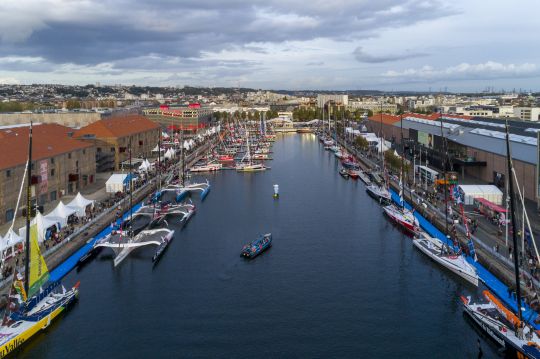
Three different courses for 4 classes of boats
The other new feature of this 15th edition of the Transat Jacques Vabre is the creation of 3 different courses. Remember, there are 4 different classes of boats taking part in the Transat: Class40, IMOCA, Multi50 and Ultimate, and all have different speeds.
So, with the idea that everyone would spend the same time at sea and that the arrivals could be grouped together (over a week or so), the race director, Francis Le Goff, worked in collaboration with the skippers and classes - but also with the race organisation - to create his new courses.
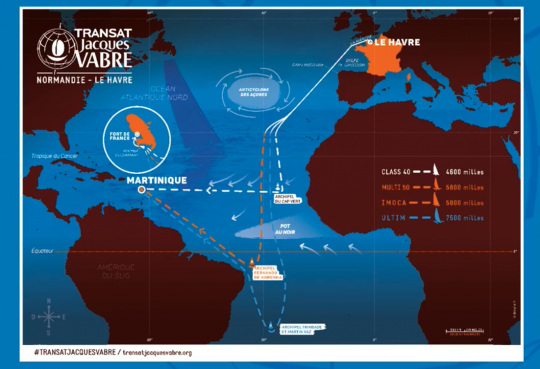
A similar start for all
From Le Havre, the skippers will be heading due north-east to roll a first buoy to port in front of the cliffs of Étretat. They will then have to deal with the first night at sea, and in particular the traffic in the English Channel, which can be tricky with wind conditions that can also be tricky.
The sailors will then continue on to the Bay of Biscay, where conditions can sometimes be difficult in November. They will then head for the north-easterly trade winds, with a passage through the Doldrums and the Equator.
If this trunk is common to all classes, it is the rest of the course that changes.
Class40 : 4?500 miles
They will have to go around the island of Sal in Cape Verde and then head towards the southern tip of Martinique and along the Diamond Rock before arriving in the bay of Fort-de-France.
The Class40 is in full swing and has been a partner of the race for years. Thus, between 30 and 40 boats are expected.
IMOCA/Multi 50: 5?700 miles
These two classes will be sailing along the Brazilian coast, rounding the Fernando de Noronha archipelago, before setting off towards Martinique, forcing the sailors to take a long downwind tack on a north-westerly route which should leave room for a number of strategies.
Between 15 to 20 IMOCA boats and 6 to 8 Multi50s are expected, with estimated journey times of 14/15 days for the former and 13/14 days for the latter.
Ultimate: 7?500 miles
These large flying trimarans will have the longest and most difficult course as they are also the fastest in the fleet. They will sail down to the Rio side, towards Trinidad and along the Brazilian coast along Recife. This return leg will be more demanding than in the past, as they may once again find themselves back in the doldrums. They will also have to fight against the strong currents very close to Recife.
